38 major record labels of the 1950s
Top 10 major Record Labels - Medium The American record label has signed some of the world's top earning artists such as James Blunt, David Guetta, Bruno Mars, Kelly Clarkson, Wiz Khalifa, Charlie Puth, Skrillex, Marina and the... History of R&R CH 2 Flashcards | Quizlet The emergence of rock and roll in the 1950s can be attributed to the relationship between DJs and indie record labels. All of the following are elements of Chuck Berry's music EXCEPT songs geared toward adult black listeners. Which of the following was a trademark of Little Richard's music? maniacal singing Elvis's first single for RCA was
Music Industry History 1990s - Playlist Research UMG became the world's leading music company when they acquired PolyGram in 1999. Under this new umbrella, Island Records merged with Def Jam and Mercury. Also under UMG that year Geffen, MCA and A&M all merged together. MCA became Geffen in June 2003. - In 1996 Thorn EMI de-merged into EMI Group and the Thorn Company.
Major record labels of the 1950s
How the Big Four Record Labels Became the Big Three The Big Three record labels are: Sony BMG Universal Music Group Warner Music Group These labels can make up almost 80% of the music market or even more—depending on the year—although it was estimated to be about two-thirds in 2016. How Artists Are Affected Major Impacts of Widespread Structural Variation on Gene ... Jul 09, 2020 · A substantial increase in fruit weight was a major feature of tomato domestication (van der Knaap et al., 2014). The genes underlying five major fruit weight QTL have been identified, with the responsible mutations being either SVs or SNPs (Chakrabarti et al., 2013, Frary et al., 2000, Mu et al., 2017, Muños et al., 2011, Xu et al., 2015). The 50 most collectable records of the 1950s Norgran was another of the pre-Verve labels founded by Norman Granz. The album artwork is by David Stone Martin, collectable in his own right. Otto Luening & Vladimir Ussachevsky Tape Recorder Music (Gene Bruck Enterprises LP, 1955) Listen / Buy
Major record labels of the 1950s. 50sPopMusic.com Rhythm & blues recordings and country & western songs did not enter into mainstream popular music until the mid-fifties, and the timing coincided with the birth of rock 'n' roll. 'Pop' music records were usually released by one of the six major labels: Capitol, Columbia, Decca, MGM, Mercury, and RCA Victor. The Independent Labels - University of Idaho significant to rock music. Some of the most important labels were Atlantic, Chess, Elektra, Imperial, King, Specialty, and Sun Records, followed later in the 1950s by Stax and Motown. Atlantic Records was established in 1947 by Ahmet Ertegun and Herb Abramson and focused on recording black rhythm and blues artists. Among the early The Independent Record Labels of the 1950's and 1960's Order custom essay The Independent Record Labels of the 1950's and 1960's with free plagiarism report GET ORIGINAL PAPER They found a signature sound in the electric guitar of Muddy Waters. Besides Muddy Watters, their rostser included Chuck Berry, Bo Diddley, Willie Nixon, Etta James, Little Walter, Billie Stewart, and Howlin' Wolf. The Independent Record Labels of the 1950's and 1960's Chess Records flourished in those early days of both Rhythm and Blues and independent record companies…Chess, along with Atlantic, Aladdin, Specialty, Imperial, Modern and King were giving the References: Jacobs, Pat. "Independent Record Labels of the 50's and 60's".
Blue Note Records: Complete Guide To The Blue Note Labels Mar 02, 2012 · The sale of Blue Note to the giant Liberty Records in mid-1966 marked the end of an era. The vital task of record pressing moved overnight from Plastylite NJ, who had pressed all Blue Notes to date, initially to Liberty’s newly acquired pressing plant All Disc Records, Roselle NJ, and later to other plants including Research Craft, LA on the West Coast, and elsewhere. Record labels that rocked our world - The Independent Despite healthy record sales, the label suffered a cash-flow crisis in the early 1990s, but was saved from bankruptcy in 1994 by PolyGram, which bought Sony's 50 per cent share in the label. Music Industry History 1950s - Playlist Research - In the early 1950s the big five major record labels were Columbia, RCA Victor, Decca, Capitol and Mercury. Capitol had risen to being the fourth biggest label in 1955 when EMI, the biggest UK record operation, bought Capitol for $8.5 million. the market share for major labels fell dramatically. The Independent Record Labels of the 1950's and 1960's Originally, Independent music referred to bands or artists who performed and/or produced music autonomously and without the commercial rules and restrictions associated with major record labels (Hale, 2014). Throughout the years Independent music has evolved into a broader meaning (America Rocks, 2016). The 1950's.
10 Largest Record Labels In The United States - Zippia The most successful record labels and the ones you're familiar with are probably all owned by one of the Big 3 major labels. Independent Music Labels 2021 Annual Revenue: $9.9 billion. It may seem that all record labels fall under the big three, but some holdouts have resisted that trend. These companies are typically called independent ... Record label - Wikipedia Record companies (manufacturers, distributors, and labels) may also constitute a "record group" which is, in turn, controlled by a music group. The constituent companies in a music group or record group are sometimes marketed as being "divisions" of the group. From 1988 to 1998, there were six major record labels, known as the Big Six: What's in a Label: A Look at Atlantic Records | Discogs The Look. Like most major record companies, Atlantic has used a vast assortment of logos, label colors, and designs during its decades-long history, beginning with a stylized capital "A" underlining the remaining letters with its crossbar, framed in black against red, yellow, and other background tones. An alternate, less aggressive logo ... The Rise and Fall of Record Labels - Claremont Colleges 1950s when it became cost effective to do so. The 1950s saw Decca Records, RCA, and Columbia all become major players in the recorded music industry 9. Many more record labels entered the scene in the 1950s but eventually the record labels began to merge and consolidate to form a few corporate giants.
1950s Rock and Roll: A Decade of Music That Changed the World - Rolling ... The most durable (read "overused") bass riff in Fifties rock & roll, as exemplified by Fats Domino's "Blue Monday" or Lloyd Price's and Elvis Presley's "Lawdy Miss Clawdy," had been pinched by Dave...
major record labels - Yahoo Search Results Though the record label was in news for its controversy with YouTube and for CD price fixing, the company still rules the industry and has given birth to a couple of flagship labels including Warner Bros. Island Records: Founded in 1959, Island Records is a division of the Universal Music Group that has been a platform for several of the world ...
45 rpm record labels | Photo Gallery: Cool 45 & 33 RPM Record Labels ... Jan 14, 2015 - Fifteen more vintage record labels from old 45 and 33-rpm vinyl records! Jan 14, 2015 - Fifteen more vintage record labels from old 45 and 33-rpm vinyl records! Pinterest. Today. Explore. When autocomplete results are available use up and down arrows to review and enter to select. Touch device users, explore by touch or with ...
Music Row Nashville Information Guide - Old Town Trolley Tours Owen Bradley, a staff pianist at WSM and RCA studio executive Chet Atkins were instrumental in developing the “Nashville Sound,” a smooth and sophisticated crossover style of country music, on Music Row in the mid-1950s, which has evolved into the fusion of country music and soft rock known as country pop.
Music industry - Wikipedia Forming an independent record label, or "indie" label, or signing to such a label continues to be a popular choice for up-and-coming musicians, especially in genres like hardcore punk and extreme metal, even though indies cannot offer the same financial backing of major labels. Some bands prefer to sign with an indie label, because these labels ...
Chapter 5: The Reaction to Rock 'n' Roll Flashcards - Quizlet They failed to adopt competitive strategies when independent record companies began to surge. Which of the following was true of records in the 1950s? They involved altered stylistic elements and often doctored lyrics. Cover records most often involved Major label white artists covering independent black artists
How Much Are Your Old Records Really Worth? Record companies have been recording in stereo since the early 1950s. All 45s manufactured by all labels after 1970 were pressed in stereo. However many labels selectively pressed 45s in stereo between 1957 and 1970. These early stereo 45s (especially 1950s) have values up to 10 times the mono releases
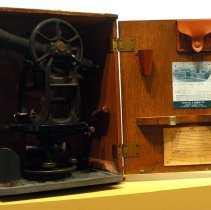
Keuffel & Esser Co. - A manufacturer of drafting, surveying, architectural and engineering tools ...
Category:Record labels established in 1950 - Wikipedia Categories: Record labels established in the 1950s. Entertainment companies established in 1950. Mass media companies established in 1950. 1950 in music. Record labels by year of establishment. Hidden categories: Navseasoncats year and decade.
Legendary Albums of the 1950s Quiz - Iconic Historical Photos In the post-war economic boom of the 1950s, the vast spread of wealth brought innovation to a vast array of elements of American and European life. ... Major record labels and recording artists emerged during this period to set the pace for music's evolution throughout the next century. The central style of the 50s definitely showed influence ...
The Independent Record Companies - History of Rock Sun Records played an important part in the development of rock 'n' roll and country music, working with artists such as Elvis Presley, Carl Perkins, Johnny Cash, Jerry Lee Lewis, Roy Orbison, and Charlie Rich. These independent labels usually aimed their releases at a small but loyal audience.
The Major Record Companies - History of Rock The most important were New York's Atlantic Records, Chicago's Chess Records, Cincinnati's King Records, Los Angeles Specialty Records and Memphis' Sun Records. It wouldn't be until the mid-fifties that the Majors would discover the error of their ways. Founding, Subsidaries, Executives, Artists, etc ASCAP and BMI

😎 50s record labels. Essay on The Independent Record Labels of the 1950’s and 1960’s. 2019-03-06
The History of Hollywood's Major Movie Studios - LiveAbout Feb 08, 2019 · The studio’s success continued in the 1950s with a series of very successful musicals, including Carousel (1956), The King and I (1956), South Pacific (1958), and The Sound of Music (1965). Fox also pioneered “widescreen” cinema by developing the CinemaScope process first seen in 1953’s The Robe .
Chapter 12 - Chapter 12 The face of rock and roll music... - Course Hero Fabian Forte Major record labels faced a serious problem at the end of the 1950s. Throughout the decade, they had considered rock and roll to be trashy, nothing more than a passing fad that would eventually go away on its own. Since major labels did not pick up many rock and roll artists, most musicians recorded
Mercury Records - Wikipedia Mercury Records is an American record label owned by Universal Music Group.It had significant success as an independent operation in the 1940s and 1950s. Smash Records and Fontana Records were sub labels of Mercury. In the United States, it operated through Republic Records; in the United Kingdom, it was distributed by EMI Records.. Since the separation of Island Records, Motown, Mercury ...
Do Jazz Record Labels Matter? : A Blog Supreme : NPR Tzadik: Since 1995, saxophonist and composer John Zorn's Tzadik label has steadily churned out records of experimental jazz and world folk musics. The label's impressively deep catalog is broken ...
The 50 most collectable records of the 1950s Norgran was another of the pre-Verve labels founded by Norman Granz. The album artwork is by David Stone Martin, collectable in his own right. Otto Luening & Vladimir Ussachevsky Tape Recorder Music (Gene Bruck Enterprises LP, 1955) Listen / Buy

Keuffel & Esser Co. - A manufacturer of drafting, surveying, architectural and engineering tools ...
Major Impacts of Widespread Structural Variation on Gene ... Jul 09, 2020 · A substantial increase in fruit weight was a major feature of tomato domestication (van der Knaap et al., 2014). The genes underlying five major fruit weight QTL have been identified, with the responsible mutations being either SVs or SNPs (Chakrabarti et al., 2013, Frary et al., 2000, Mu et al., 2017, Muños et al., 2011, Xu et al., 2015).
How the Big Four Record Labels Became the Big Three The Big Three record labels are: Sony BMG Universal Music Group Warner Music Group These labels can make up almost 80% of the music market or even more—depending on the year—although it was estimated to be about two-thirds in 2016. How Artists Are Affected
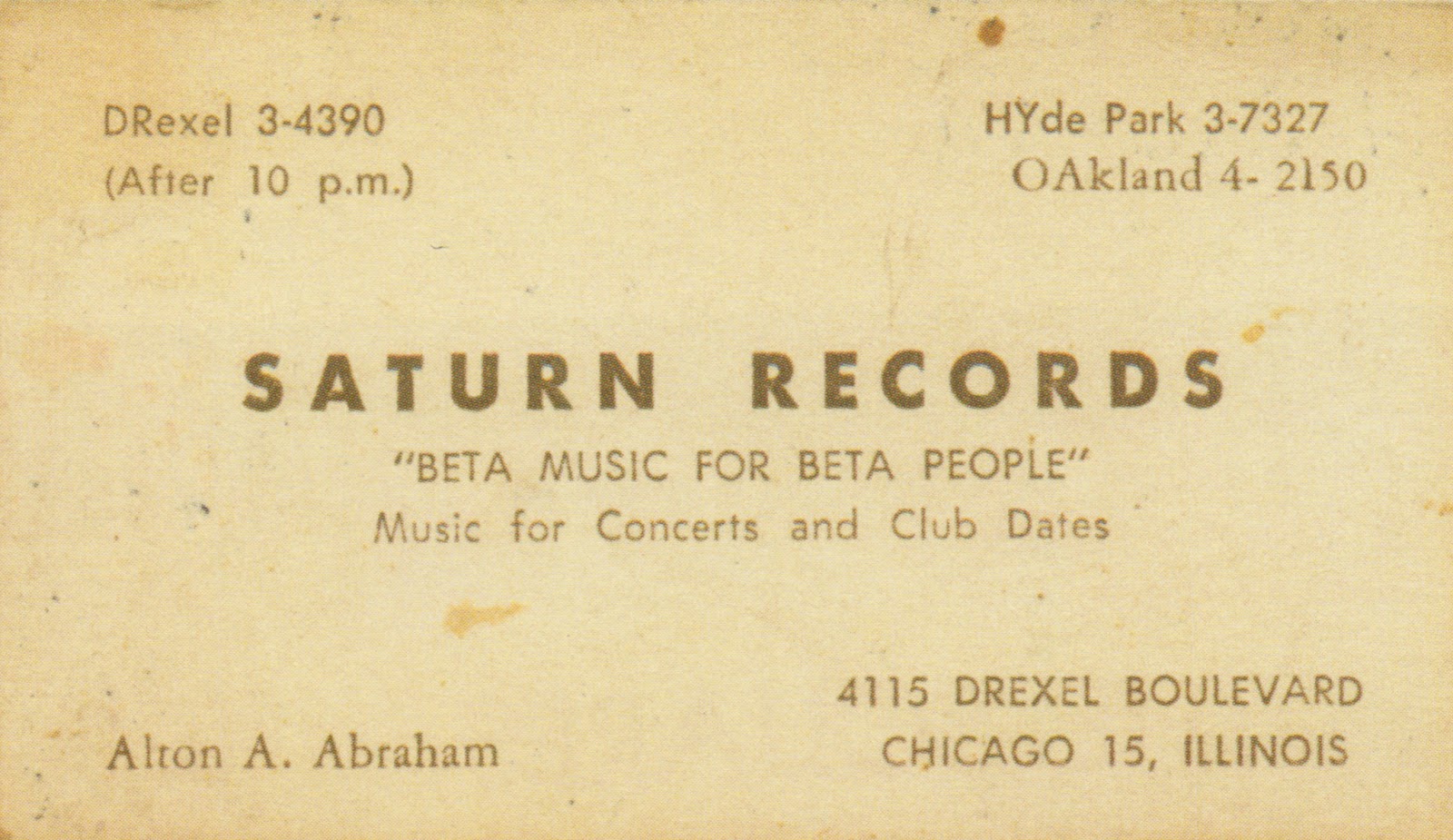


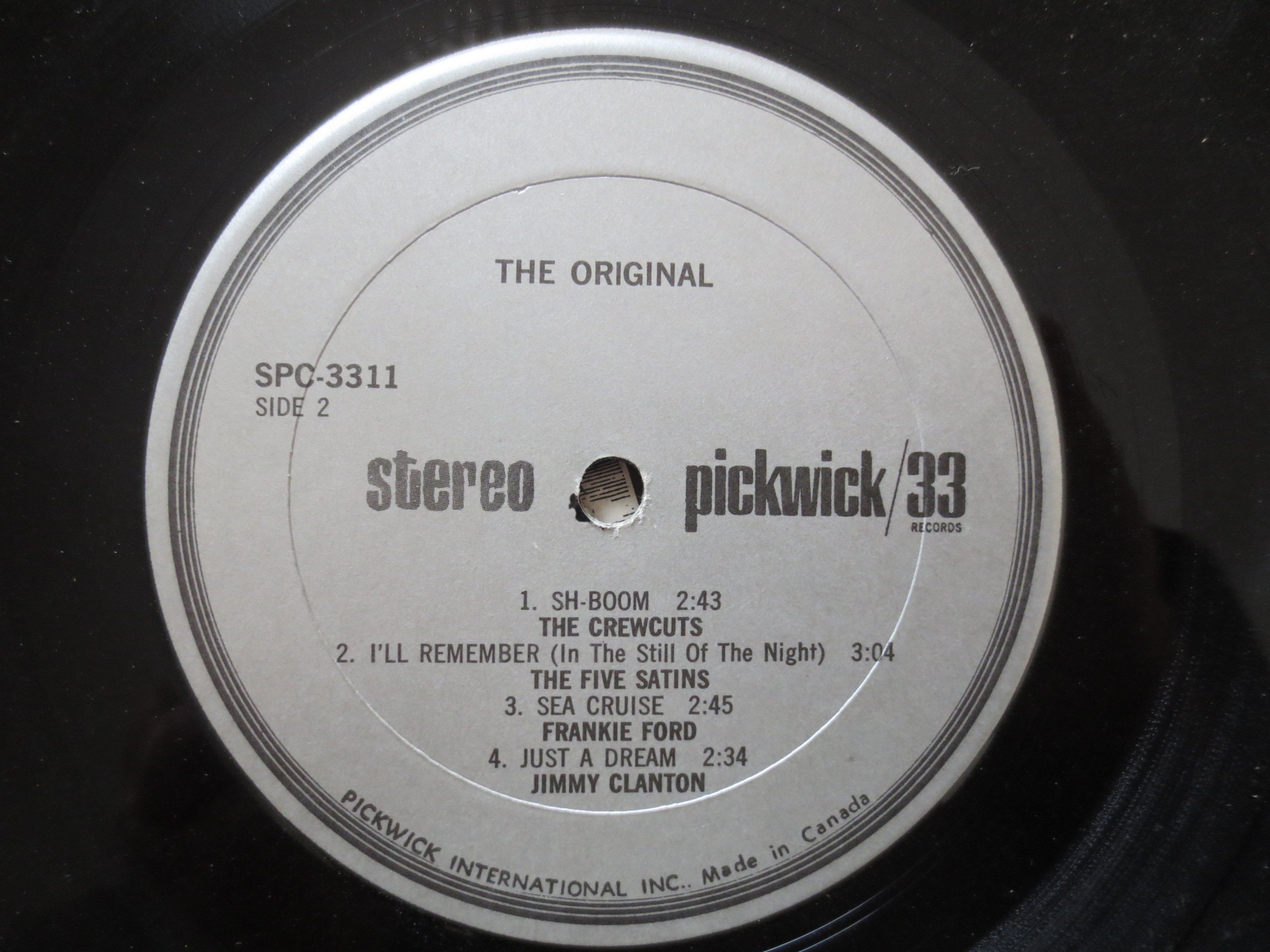
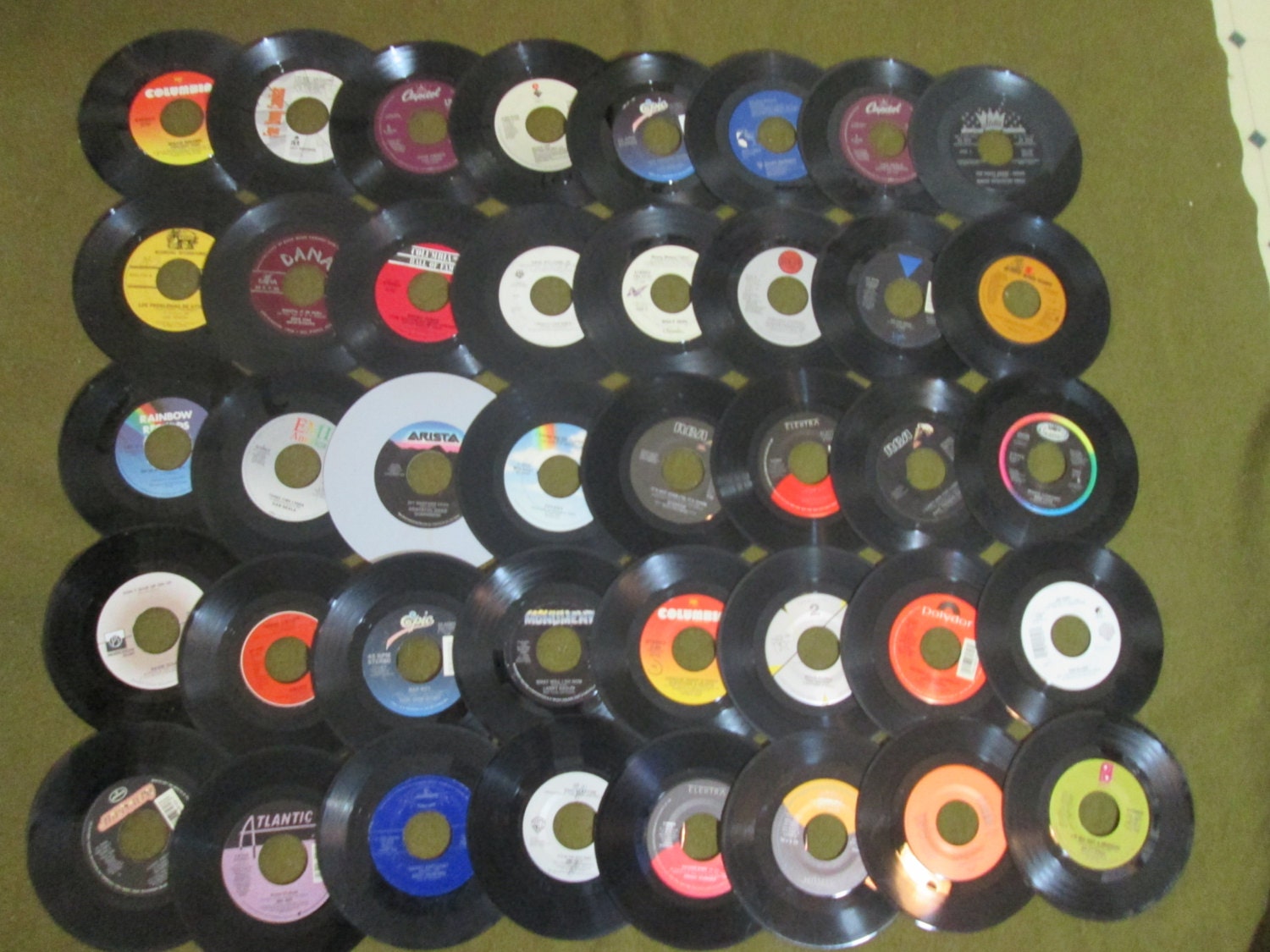


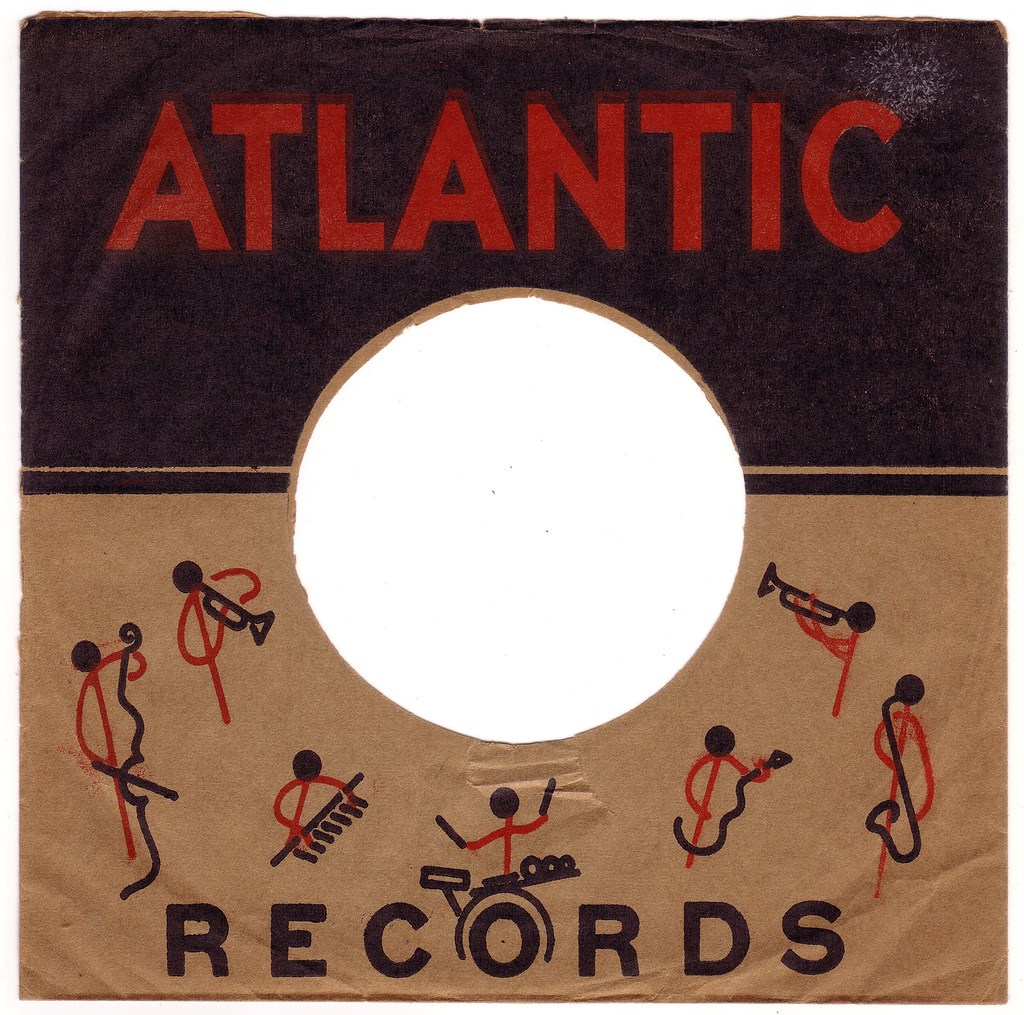





Post a Comment for "38 major record labels of the 1950s"